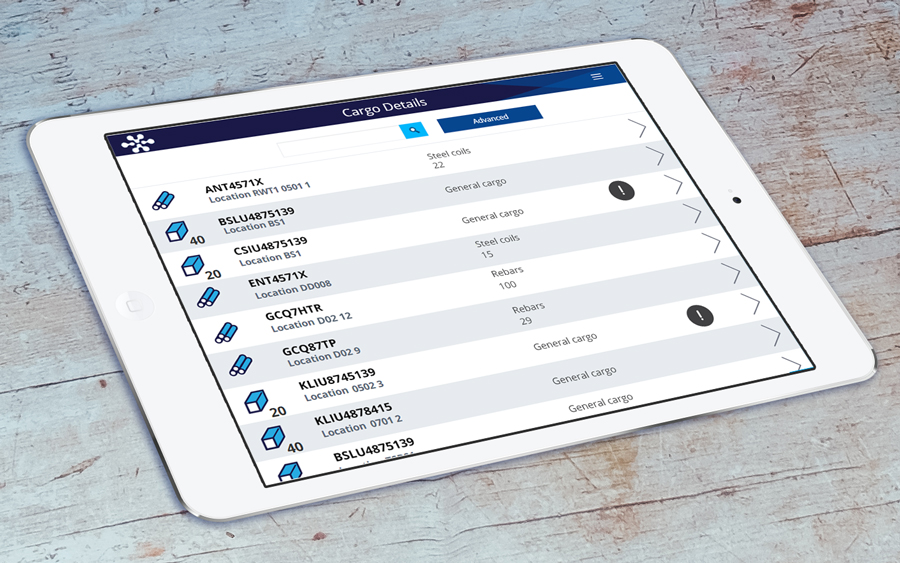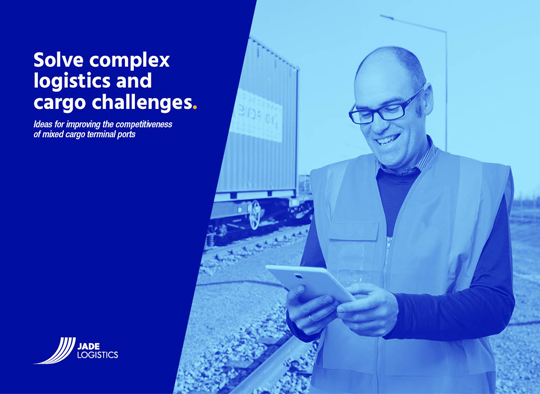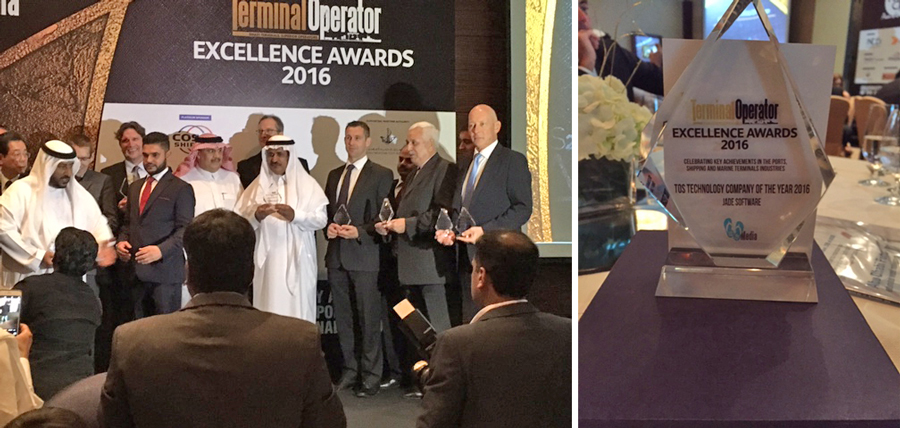Software company Jade Logistics, supplier of the world’s number one terminal operating system (TOS) for mixed cargo ports, has continued to increase its global footprint by implementing its Master Terminal product at 22 sites in 2017.
On the back of significant sales growth and what has been a record year for the company, Jade Logistics’ global implementation team achieved go-live at terminals across multiple geographic locations including Europe, the Americas, Australasia, and the Middle East. This impressive result was underpinned by a substantial Australasian project in which 16 terminals went live in less than ten months, and was complemented by an eight-week implementation of a multi-purpose terminal on the eastern coast of the UAE.
Chief Executive Officer of Jade Logistics, David Lindsay said, “We are well aware of the importance of getting our users live as soon as possible, allowing them to quickly experience the benefits of a world class Terminal Operating System. “The implementation times achieved during 2017 are exceptional, and are delivering real value to customers in terms of lowering their total cost of ownership.”
Adding to the varied geographic locations, the terminals represent a diverse range of cargo types including pure bulk terminals, break bulk and Roll-On/Roll-Off (RORO) terminals, and container-only terminals, one of which is handling over one million TEUs per annum.
Jade Logistics Director of Global Services, Mark Ginnever says, “The key to any successful implementation is a dedicated project team, comprising representatives from both organisations.”
“The importance of strong user ownership and committed super users cannot be stressed enough, and we have been fortunate enough to work with users that understand and support this collaborative approach,” added Ginnever.
Master Terminal is now licensed to over 110 terminals around the world, and Jade Logistics’ growth is set to continue with strong sales forecast into 2018 and beyond.













